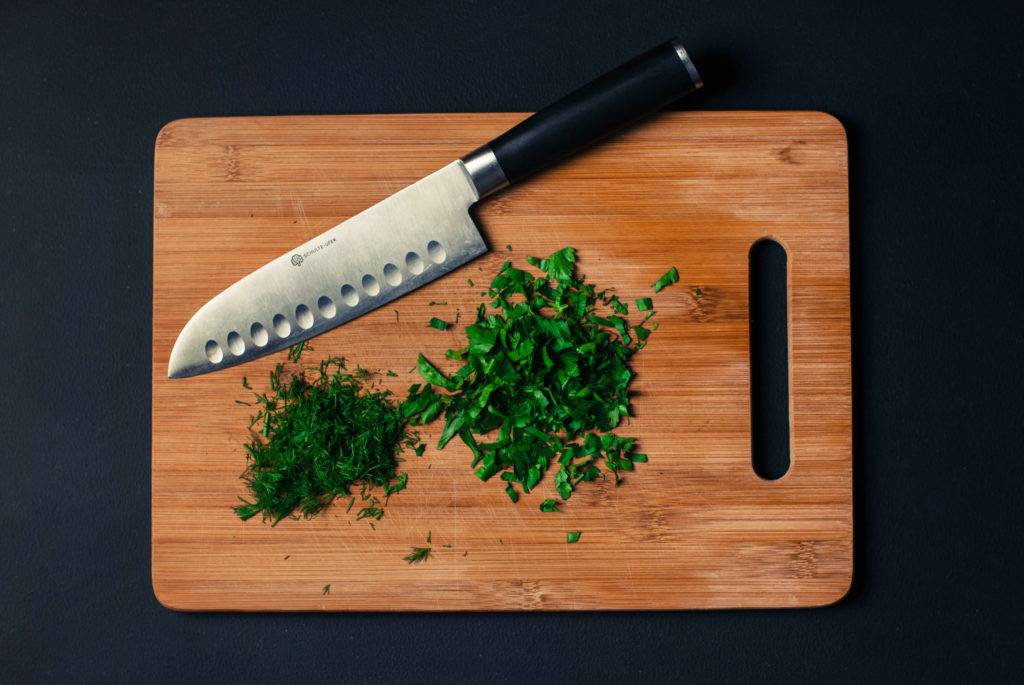 I know it’s hard to think about Fall and Winter meals these days. Pools are still open, the humidity and heat are still kicking here in DC and the school year is only just starting for the little ones. Who wants to think about not having those fresh herbs on hand any time you want them?
I know it’s hard to think about Fall and Winter meals these days. Pools are still open, the humidity and heat are still kicking here in DC and the school year is only just starting for the little ones. Who wants to think about not having those fresh herbs on hand any time you want them?
But now is the best time to think about what you wont have on hand during the colder months, when you’ll want a hearty stew, aromatic soup or flavorful root vegetables. In August, your garden may be a little out of control. Everything’s growing like gang busters, so you’ll have plenty of extra herbs on hand to preserve for later use. And you’ll thank yourself later.
What are the best methods? How do you save the most flavor for your future dishes?
Drying
We’re all familiar with dried herbs. If you’re like me, your spice cabinet is a crazy mess of miscellaneous herbs, bought for that one recipe years ago, or when you couldn’t find the fresh version in cold winter. It’s a lot cheaper and very easy to dry out your own using one of the following methods.
Air Drying. This method has been used for centuries. It’s simple and requires no energy, just a few weeks of patience. Start by removing any dirt from your garden. You can rinse the herbs, however be sure to thoroughly dry them after to prevent any mold from forming. gather the herbs together and tie the stems with twine or string. Hang upside down in a warm, dry, ventilated area, away from sunlight. Allow to dry until the leaves start to crumble, about 1 to 4 weeks. Store in an airtight container up to one year.
Oven Drying. If you don’t want to wait and you don’t mind using a bit of energy, your oven can be a great way to dry out herbs, especially for those of us who live with humidity. Heat your oven to 150 degrees. Line a baking sheet with parchment paper and arrange the herbs on top. Place into oven, leaving the door slightly ajar. Check the herbs frequently, removing when crumbly. This can take 1 to 4 hours. Store in an airtight container up to one year.
Freezing
If you’re looking for as close to fresh as preservation can get, freezing is your best option. There are several methods out there – blanching the herbs first, freezing in oil, using ice cube trays or freezing flat in a zippered bag. Thankfully the Serious Eats folks did a lot of legwork to find the best method, even using the frozen herbs in a sauce to see what it truly tasted like.
Their conclusion? Freeze in a little bit of neutral oil, like a like olive oil, and freeze flat. The oil takes less time to melt into a sauce, so the herbs get incorporated faster. And by freezing them flat, rather than an ice cube tray, you get more surface area making them freeze and melt faster.
Chop up fresh herbs and add in a little oil. If you have a lot of herbs, use a food processor to do this for you! Place the herbs into a zippered freezer bag and seal, leaving about a half an inch of open space at the top. Squeeze out any excess air and then fully seal the bag. Place the bag on a plate or baking sheet, basically any flat surface to freeze to keep the herbs about the same amount across the contents of the bag. Spread the mixture out into a thin, even layer. The herbs will freeze fast. When ready to use, simply open and, using a knife or shears, cut off the amount you need, then re-seal and place back into the freezer.
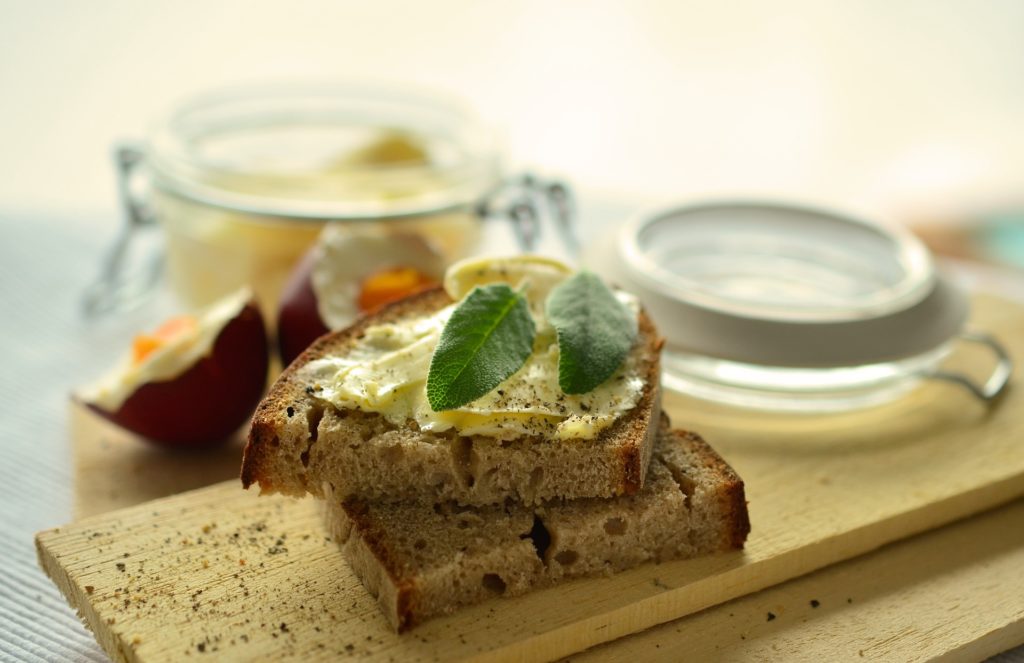 Compound Butter
Compound Butter
In my opinion, the yummiest way to preserve your herbs is by making a compound butter. You can add just about any mixture of herbs to a good quality butter, roll into a log, wrap and freeze. Cut off slices throughout the fall and winter as you need to add some great flavor to anything from pan fried squash to steaks. Try one made with thyme, sage and oregano to stuff under the skin of your Thanksgiving turkey or mixed into your mashed potatoes.
Simply take about 1/2 cup, or 1 stick, of unsalted butter and 1/2 cup of any herb or mixture of herbs you like. Blend them together until completely mixed. Press the butter onto a sheet of plastic wrap into a log shape. Fold the short ends of the plastic wrap in, then tightly roll up the butter in the plastic wrap lengthwise. Roll the wrapped butter back and forth on the counter to create a smooth, round log. Wrap in aluminum foil and/or a freezer bag, labeling with the date. Use within 2 to 3 months.

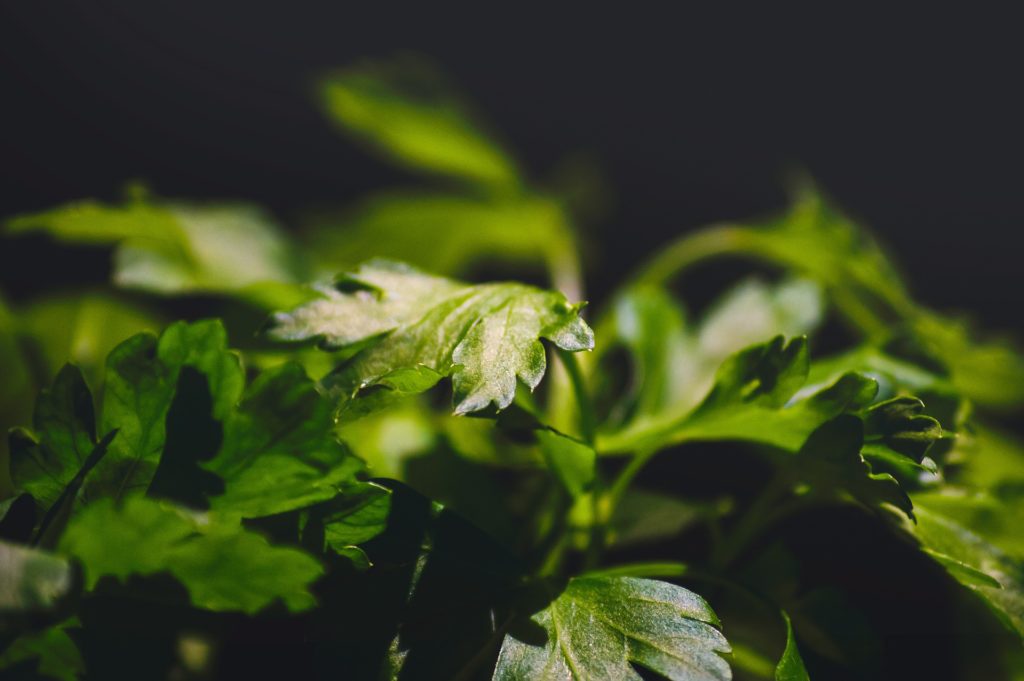 oregano.
oregano. 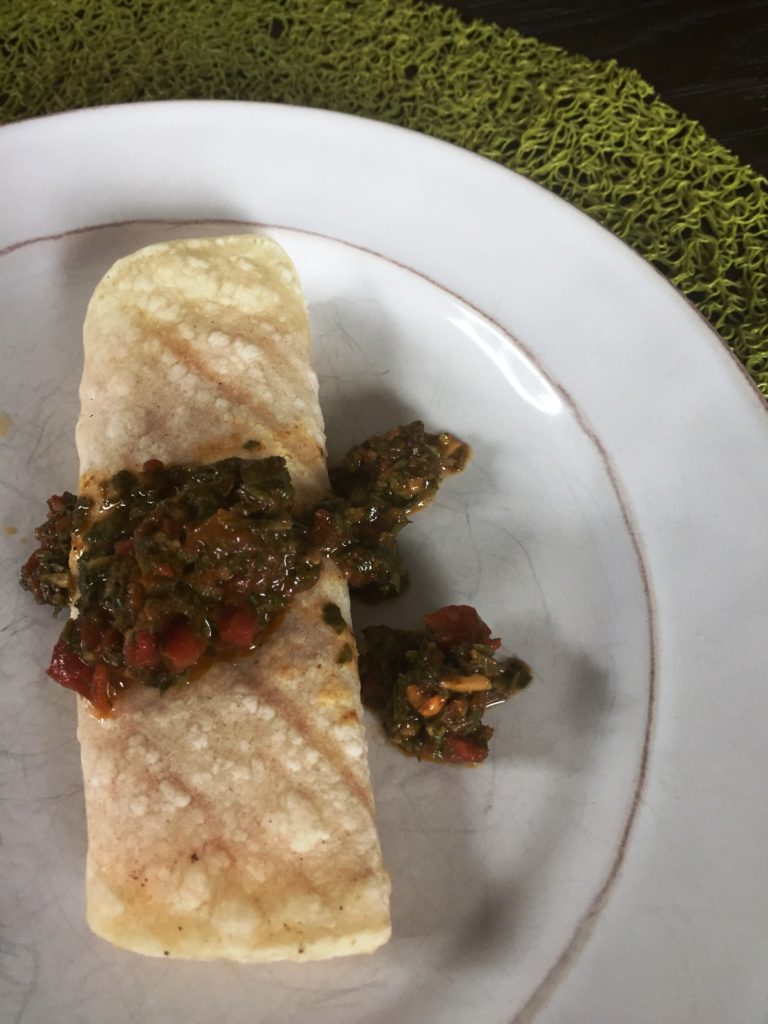 Sauce:
Sauce: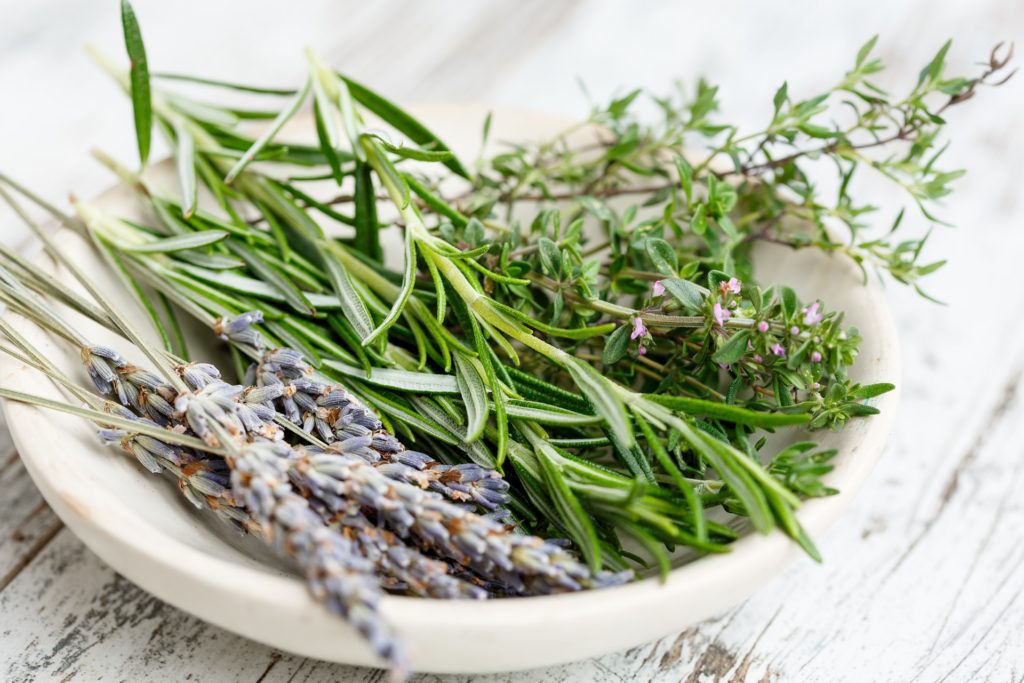 Acupuncture and Chinese herbs can certainly help you to move through this damp season with more ease. There are a few, simple dietary changes that can also be helpful. Incorporate these into your diet to enliven your Qi and blood and help you to feel more energetic.
Acupuncture and Chinese herbs can certainly help you to move through this damp season with more ease. There are a few, simple dietary changes that can also be helpful. Incorporate these into your diet to enliven your Qi and blood and help you to feel more energetic.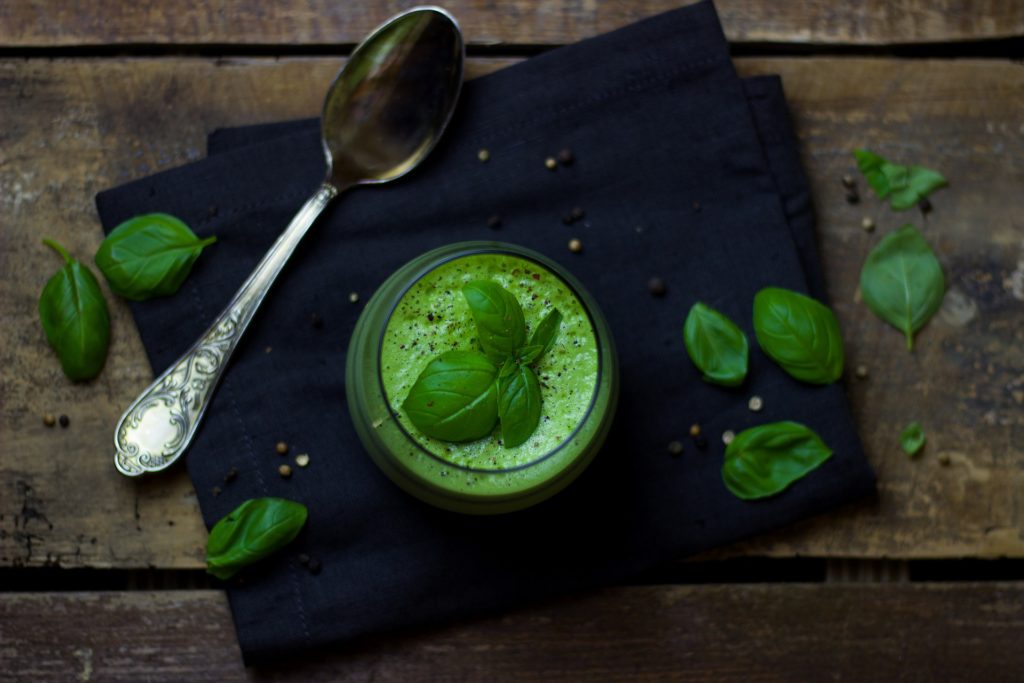 dill, basil, thyme and, again, garlic. A wonderful salad you can make on a hot, humid day when you are feeling lethargic and overheated would incorporate parsley as your greens instead of lettuce. Add tomatoes and cucumber, with a garlicky olive oil dressing. The bitter flavor of the parsley and garlic help resolve dampness, while the tomato is sweet and cooling, and the cucumber both moistens and cools.
dill, basil, thyme and, again, garlic. A wonderful salad you can make on a hot, humid day when you are feeling lethargic and overheated would incorporate parsley as your greens instead of lettuce. Add tomatoes and cucumber, with a garlicky olive oil dressing. The bitter flavor of the parsley and garlic help resolve dampness, while the tomato is sweet and cooling, and the cucumber both moistens and cools. following this dream. “I know that I am right where I’m supposed to be, and that I have been blessed to be a vessel for healing. I do not attach any ego to that—it isn’t me personally creating the healing. I’m very clear that I facilitate the healing by establishing a rapport with my patients and being deeply interested in bearing witness to their lives and experiences.”
following this dream. “I know that I am right where I’m supposed to be, and that I have been blessed to be a vessel for healing. I do not attach any ego to that—it isn’t me personally creating the healing. I’m very clear that I facilitate the healing by establishing a rapport with my patients and being deeply interested in bearing witness to their lives and experiences.”


